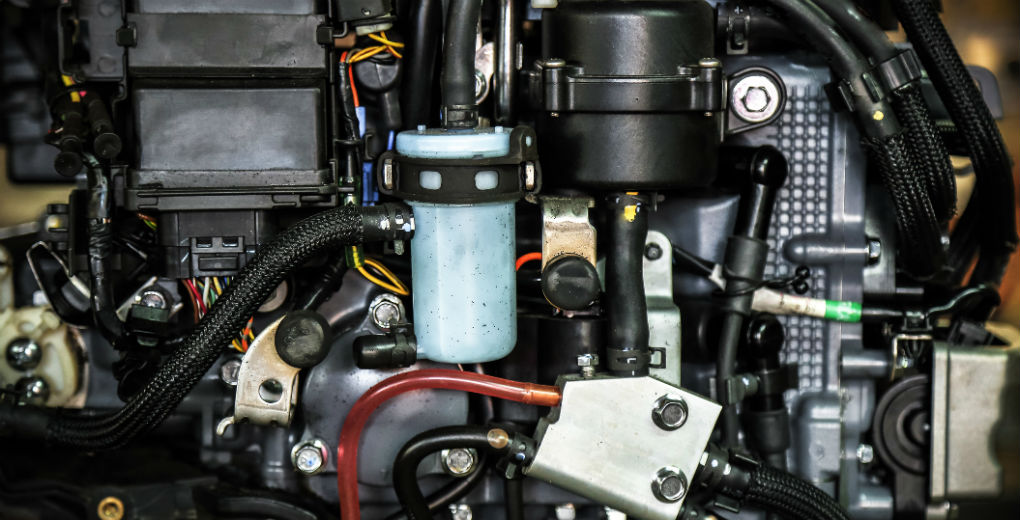The water, nutrients and hydrocarbons found in biofuels provide a feast for microbial bacteria, fungi and algae that can make their way into your boat’s fuel tank. Diesel Bug is the collective term given to these organisms, which relies on the water within the fuel to survive. Reproducing at a rapid rate at any temperature between 5-70°C, and thriving at around 30°C.
Over 100 types of these microbes have been identified, and in their short life span they continue the cycle through reproduction, and create waste. As if they don’t cause enough pandemonium when they’re alive, when diesel bugs die they sink to the bottom of the tank, collectively creating a destructive sludge which blocks filters and injectors when sucked into the fuel lines, causing engine failure.
The bill for the damage can be anything from £400-£3000, depending on whether just the injectors or worse, the fuel pump need replacing.
Environmental concerns and cheaper production of bio fuel means the specified ration of bio content is expected only to rise from the current 7%, with some companies already selling biofuels with percentages from 20-100%.
So how can you prevent these contaminants from making their way into your fuel tank?
Know the signs
Unfortunately, one of the biggest indications that your fuel is contaminated is when your engine stops. Otherwise a smoky exhaust, sluggish responses, and trouble starting the engine can all be early warning signs.
Test or dispose
Biofuels have a shelf life, and by exceeding it you’re opening your boat up to problems. Disposing of fuel on a smaller boat at the end of the season may be a more economical option that having to replace engine parts. Samples taken from the fuel tanks of larger boats can be sent to a lab to check whether there’s contamination before the compromised fuel has the chance to do any damage.
Avoid air pockets
Aeroplanes have their fuel tanks filled to capacity when on the tarmac to avoid air pockets which, teamed with water condensation, can be an inviting environment for diesel bugs.Keeping your tank fuel can keep the bugs at bay, while letting heaters run – as many skippers do while away – will not only create space for microbes, but also give them an ideal growth conditions due to the heat fluctuations caused by heaters being turned on and off.
Treating a bug
Some biocides or enzymes can stop bug growth, but not kill it. ‘Diesel polishing’ – the process by where water and impurities including the bug are removed from the fuel can offer a solution, and in severe cases a ‘shock’ treatment may be used, where the bug is killed with chemicals, then removed from the tank before the filters are changed.

